Latest
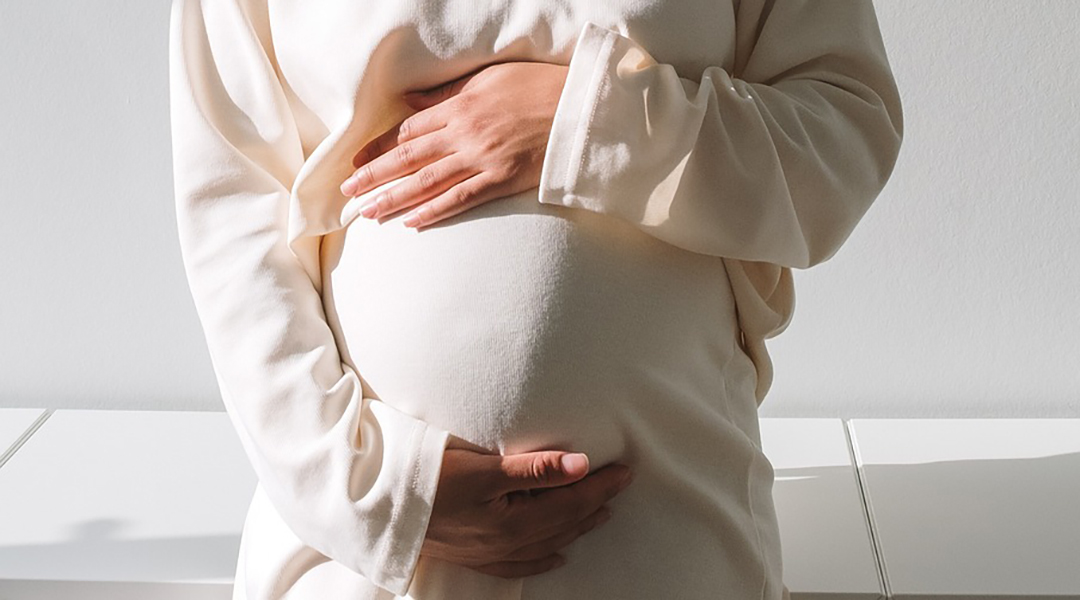
Routine test misses 70% of gestational diabetes cases
A new study urges doctors to turn to more dependable tests to prevent the development of type II diabetes in mothers and children.
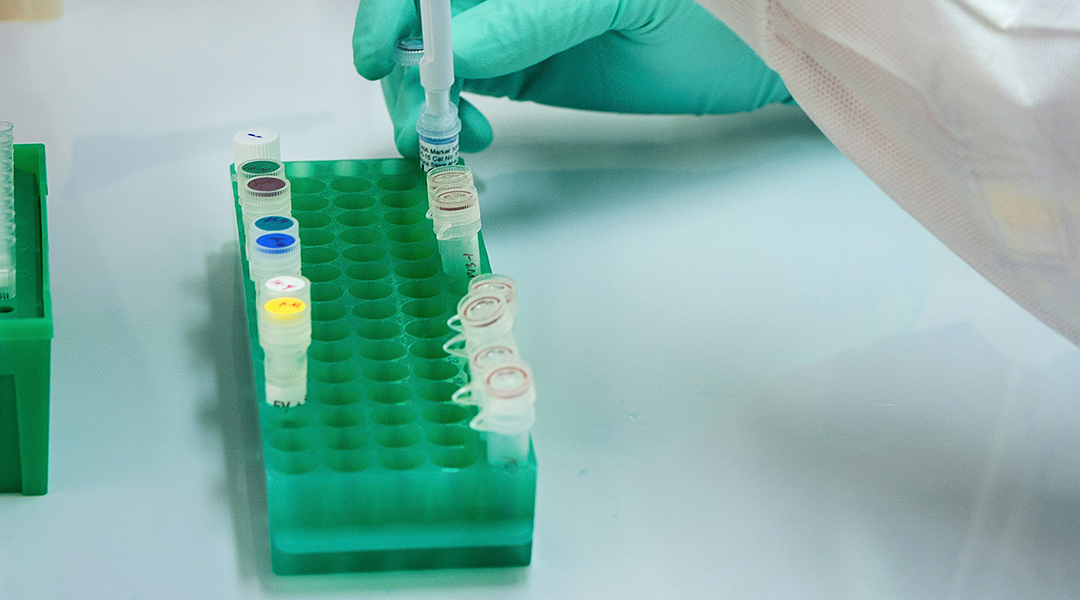
Decorated nanospheres boost chemotherapy and cut side effects
Scientists are using decorated nanoparticles to precisely target tumors with chemotherapy, effectively reducing side effects.
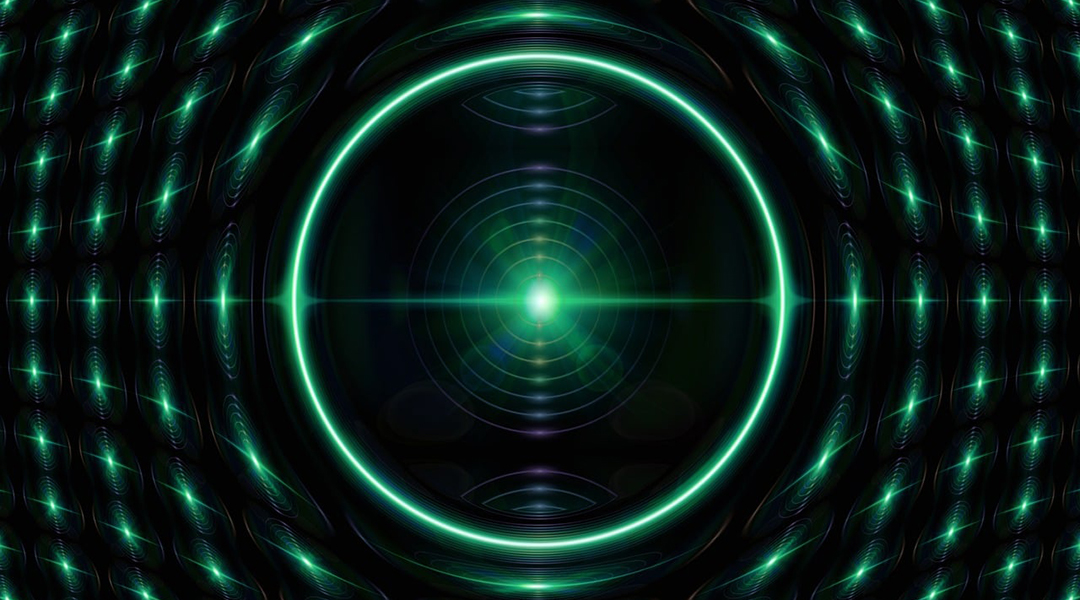
Anti-aging for lasers: Gallium nitride lasers get a longevity boost
Scientists have uncovered the cause of rapid degradation in powerful gallium nitride lasers and develop a solution to extend their lifespan.
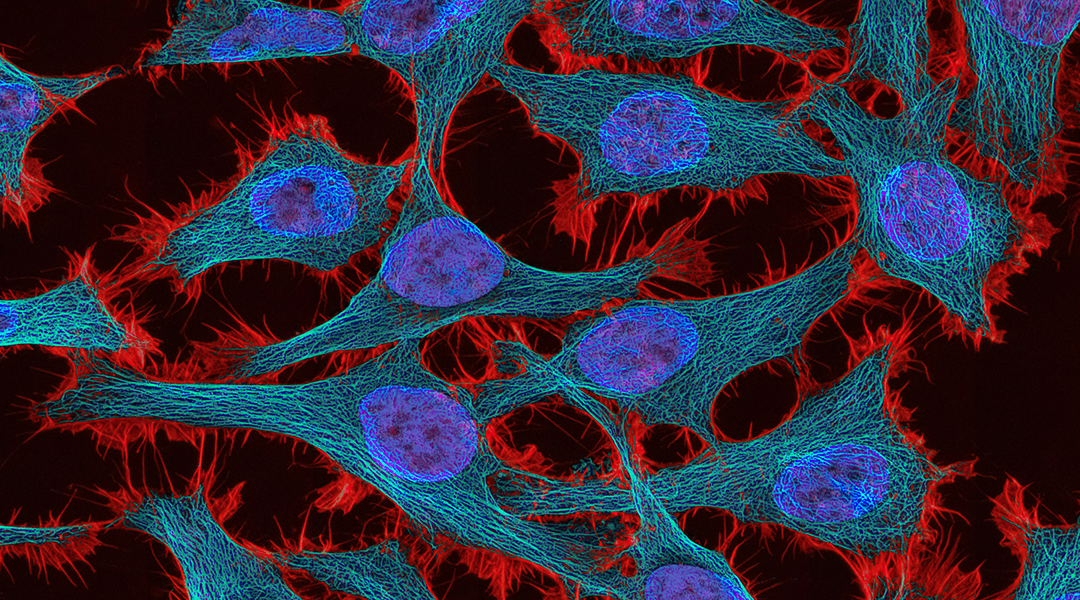
Blocking key protein halts spread of cervical cancer tumors
New findings shed light on how cervical cancer spreads to the lymph nodes, opening the door for treatments that could stop the process.
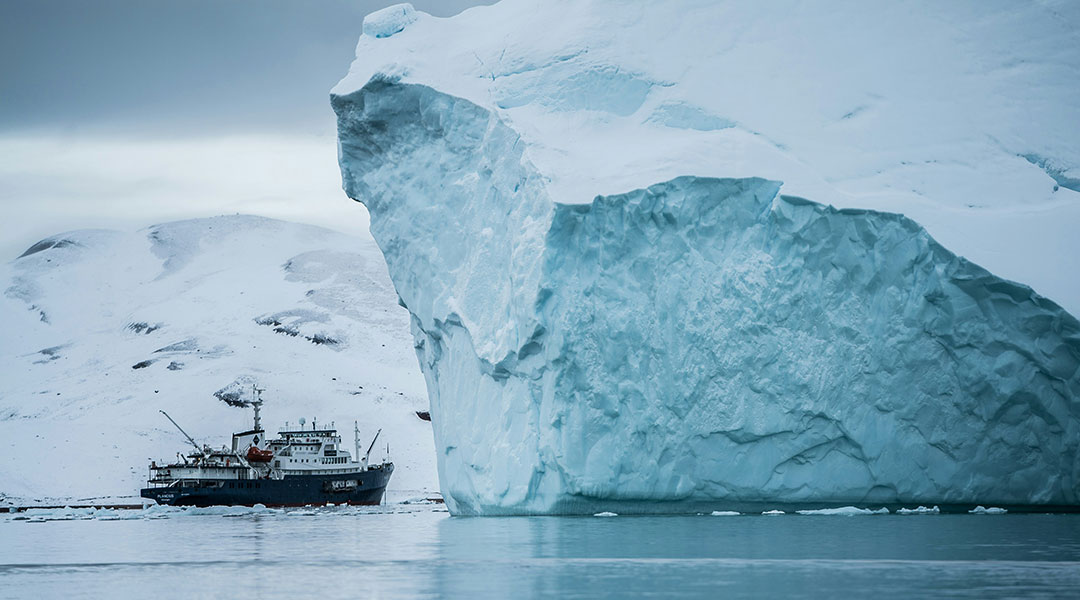
A rockslide in Greenland caused the Earth to vibrate for nine days
A mega-tsunami in Greenland surged through a fjord for days, creating seismic waves that caused seismometers across the globe to hum.

Ibuprofen’s effect on red blood cells: A prickly affair
An innovative imaging technique helps visualize in real-time how high doses of ibuprofen affect the integrity of red blood cells.

Could a nuclear explosion set Earth’s atmosphere on fire?
A pair of nuclear astrophysicists explore this question, assessing the risk of this outcome back when nuclear physics was still in its infancy.
ASN Weekly
Sign up for our weekly newsletter and receive the latest science news directly to your inbox.
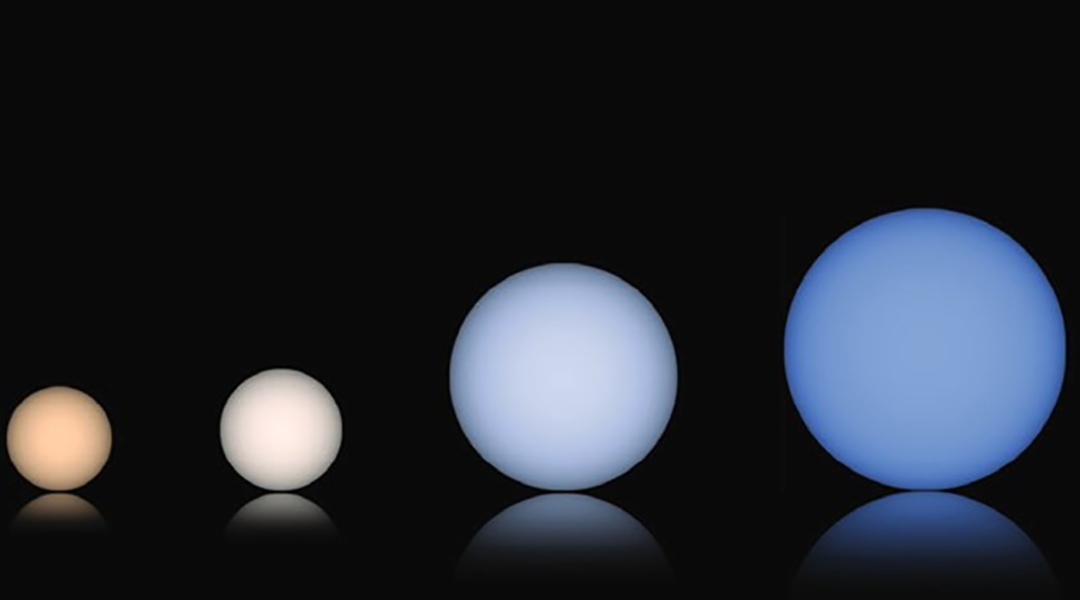
The true colors of stars
Stars are depicted using different colors, but are they accurate? A new scientific color palette aims to put misrepresentations to rest.
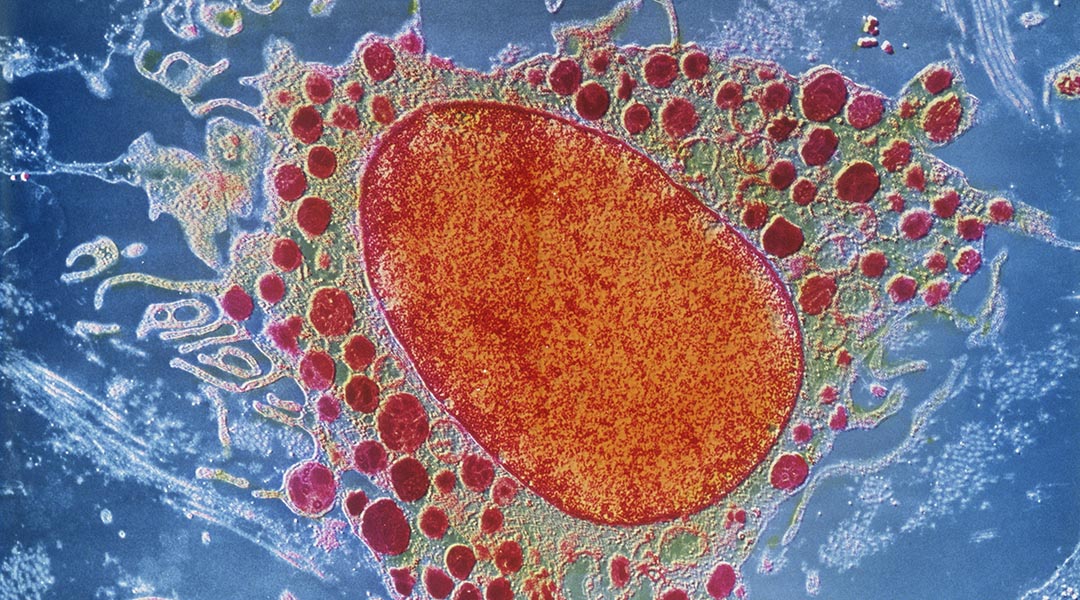
Autoimmune diseases captured in a library of genetic markers
An extensive library of over one million cells could pave the way for new and repurposed treatments for a number of autoimmune diseases.

Vegetation played a major role in climate warming
Climate models backed by pollen records validate a spike in global temperatures that took place 6000-9000 years ago.

Why does Oreo cream stick to one side of the cookie?
Mechanical engineers put Oreo cream filling through a battery of tests to understand what happens when two wafers are twisted apart.
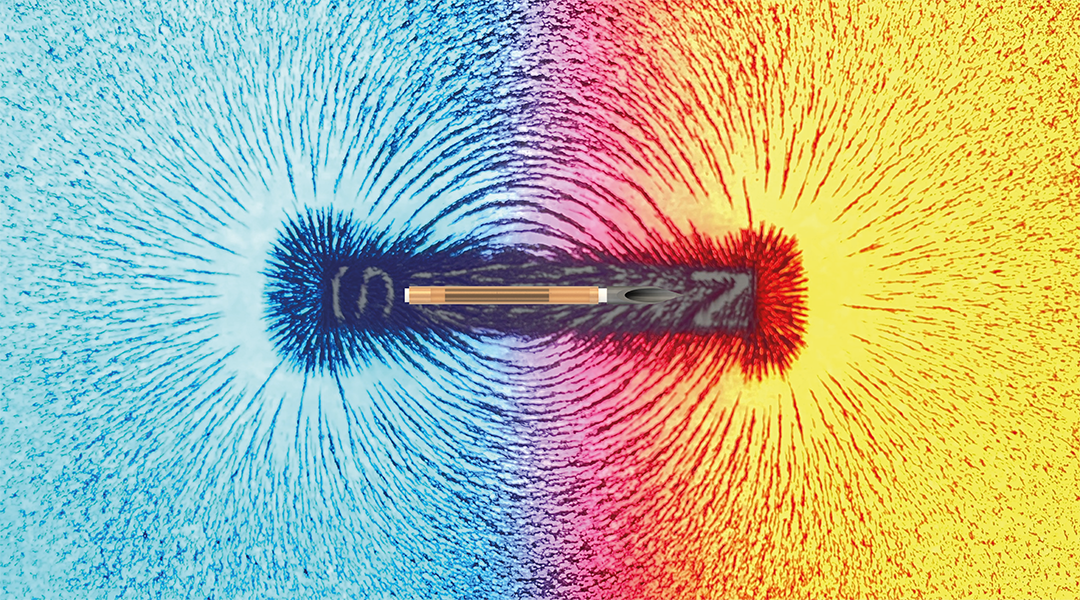
Gentle tapping with magnetic needles for less invasive surgeries
A miniaturized, tetherless needle offers a safe means of performing surgery, treating cancer, and performing diagnostic tests.
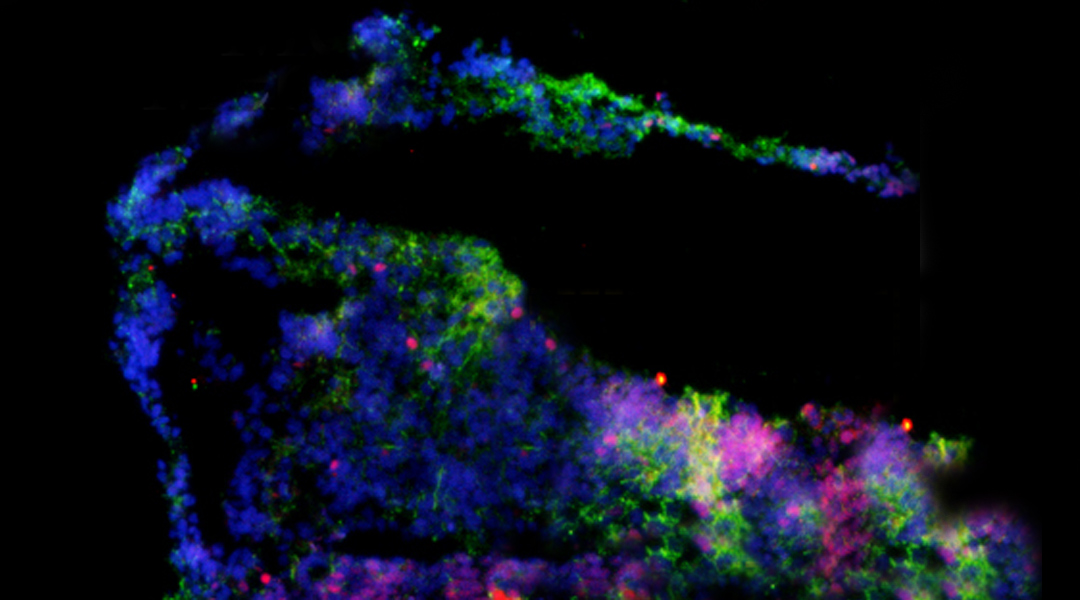
Building a model brain using microfluidics and brain organoids
To mimic the the interconnected structure of the brain, model organoids can be connected together into larger assemblies.
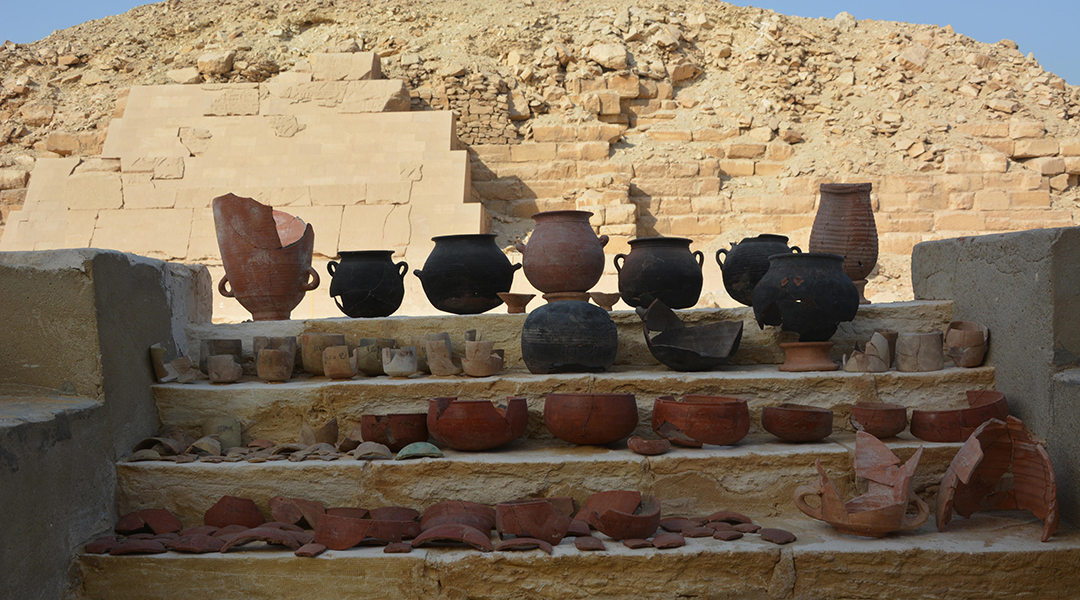
Ancient Egyptian embalmers were savvy chemists
A discovered embalming workshop reveals new details about mummification practices and hints that ancient Egyptians engaged in global trade.
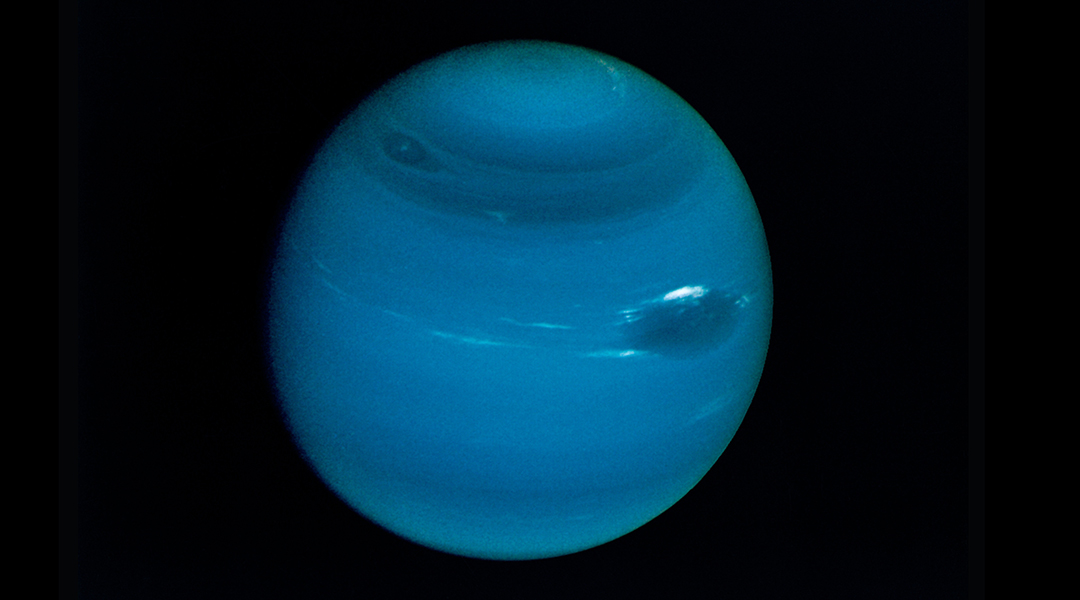
Help! Our Neptune-sized exoplanets are missing
Astronomers find the “hot Neptune desert” may result from ice-giants migrating away from their parent stars.

Sharing misinformation is habitual, not just lazy or biased
The spread of misinformation on social media is often blamed on users, but new findings challenge the misconception that political prejudice and a lack of critical thinking are solely responsible.
No Results Found
The page you requested could not be found. Try refining your search, or use the navigation above to locate the post.
No Results Found
The page you requested could not be found. Try refining your search, or use the navigation above to locate the post.
No Results Found
The page you requested could not be found. Try refining your search, or use the navigation above to locate the post.
No Results Found
The page you requested could not be found. Try refining your search, or use the navigation above to locate the post.
No Results Found
The page you requested could not be found. Try refining your search, or use the navigation above to locate the post.
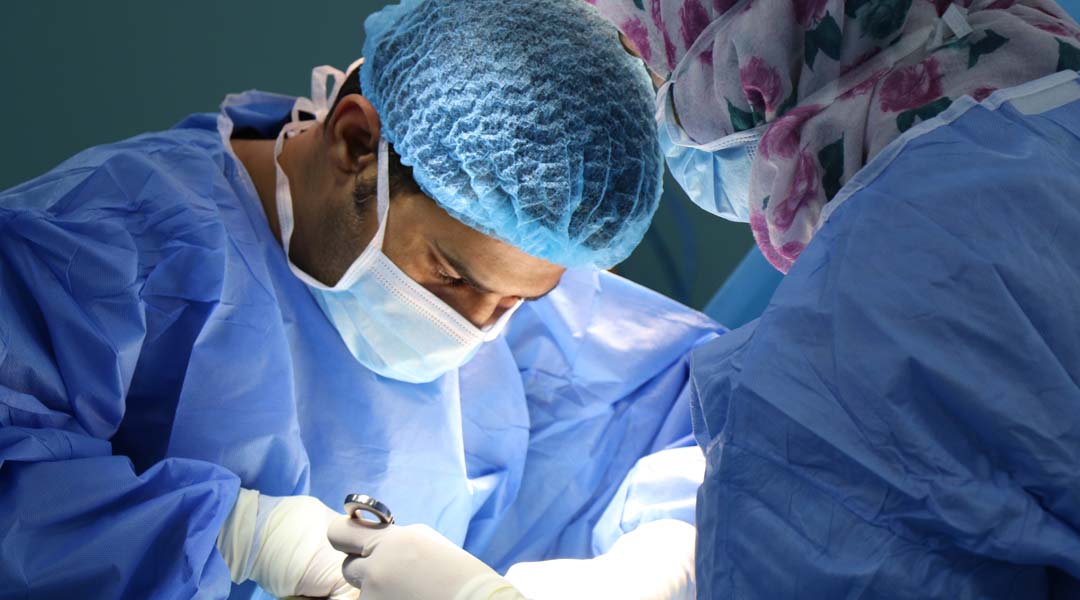
Sealant with integrated sensors rapidly detects leaks after stomach surgery
An acid sensitive hydrogel makes it possible to detect dangerous leaks before they cause damage.

Ozone pollution disrupts genes controlling circadian rythyms
Study finds air pollution, specifically ozone exposure, has a disruptive affect on the genes responsible for circadian rhythms in the lungs.
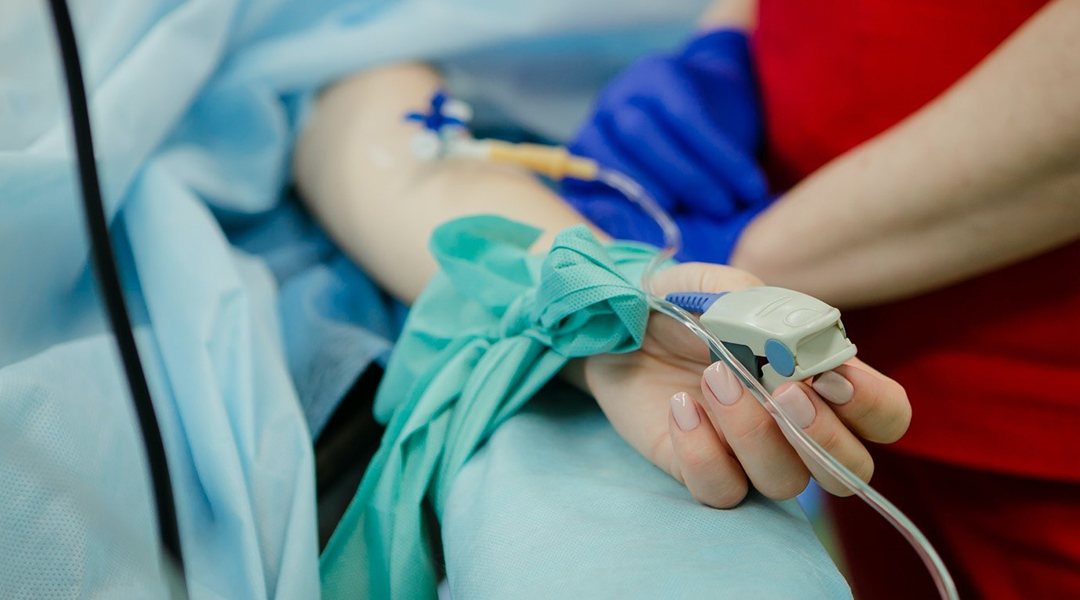
Unlocking personalized leukemia therapy using epigenetic biomarkers
A specific epigenetic signature in patients who respond to chemotherapy offers potential to improve treatment.
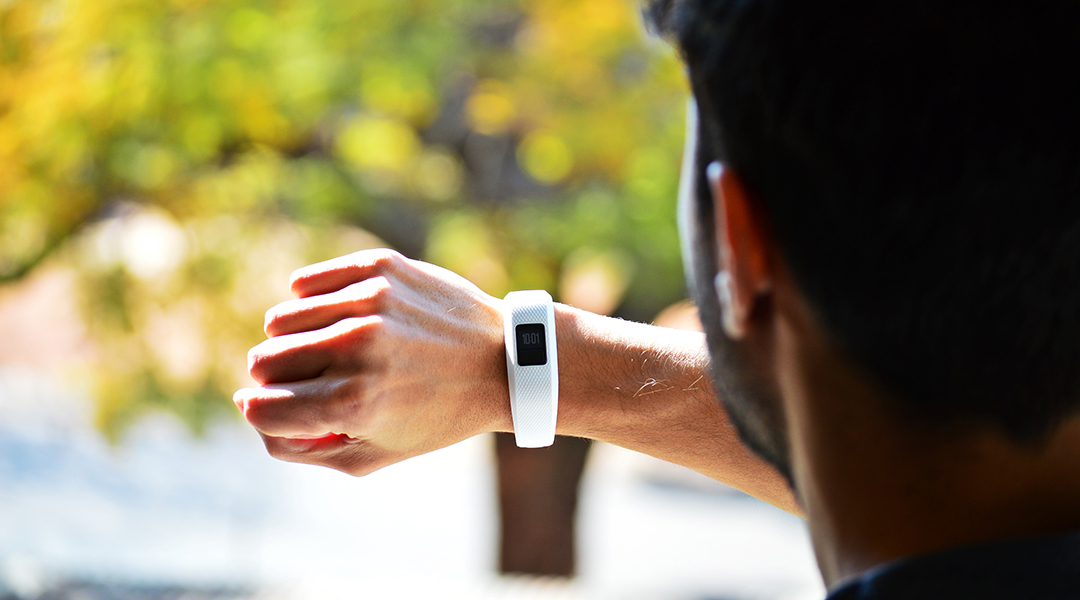
Powering wearable health monitoring devices without batteries
A battery-free wearable device wirelessly monitors health using body heat for continuous power.
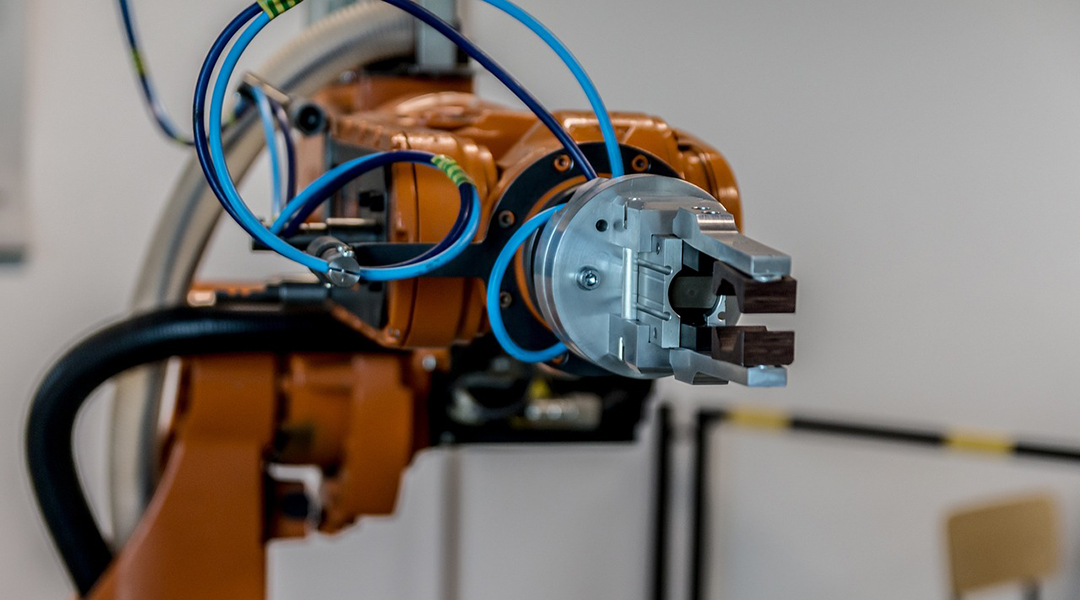
Eye tracker allows users to control robotic arm
An intelligent eye tracker allows for accurate, hands-free remote control of robots without the need for joysticks or other devices.

Using ice to make ultra-clean 2D materials
Using the adhesive properties of ice, researchers have developed a transfer method to move large sheets of 2D materials without breaking them.
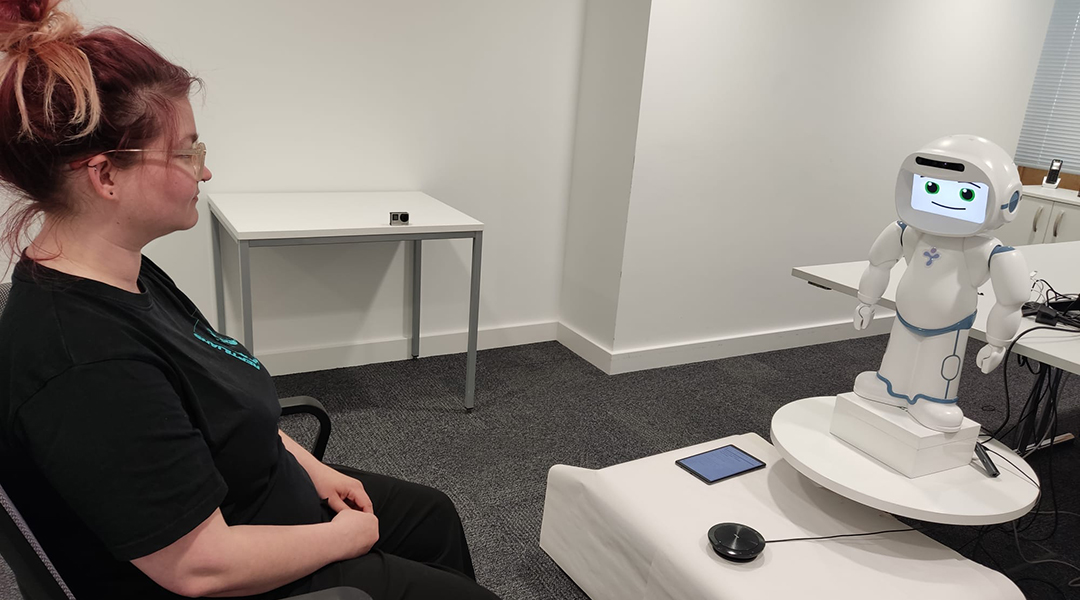
Robots can help improve workplace well-being, but only if we learn to connect with them
Just like successful therapist or coach relationships, machine-human relationships require engagement and trust if robots are to be useful.

Infrared: The future of anti-counterfeit tags?
A new study proposes a technique to print images on a special surface such that they can only be seen by authorized recipients.
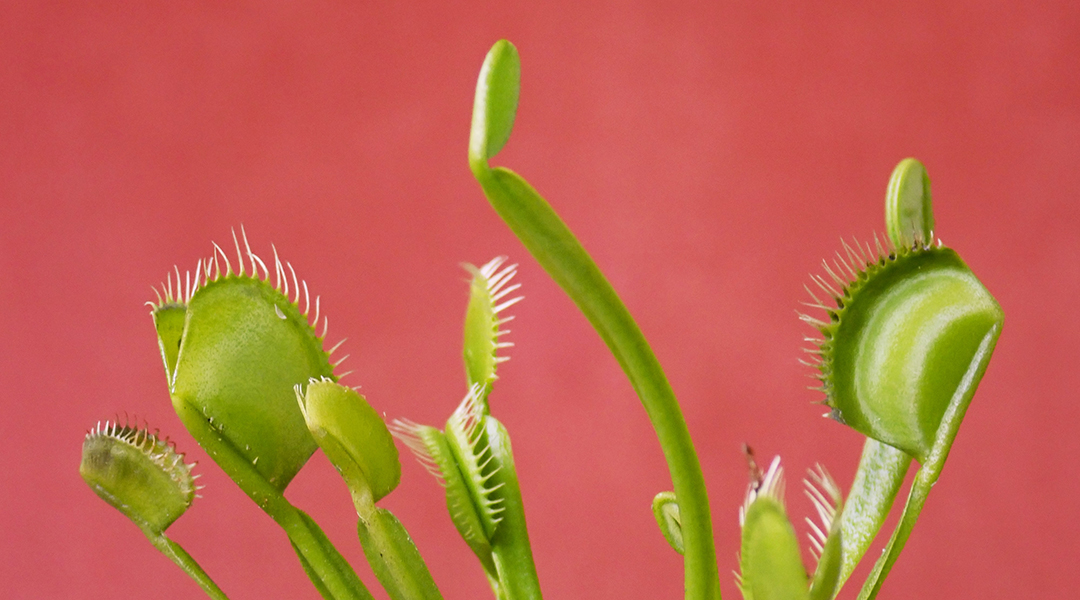
Smooth or with a snap? The mechanics of the Venus flytrap
The reopening of the Venus flytrap may not always be smooth, and new research challenges our previous assumptions about its mechanics.

Sand batteries that are dirt cheap
How big vats of sand could be a key to a sustainable future.
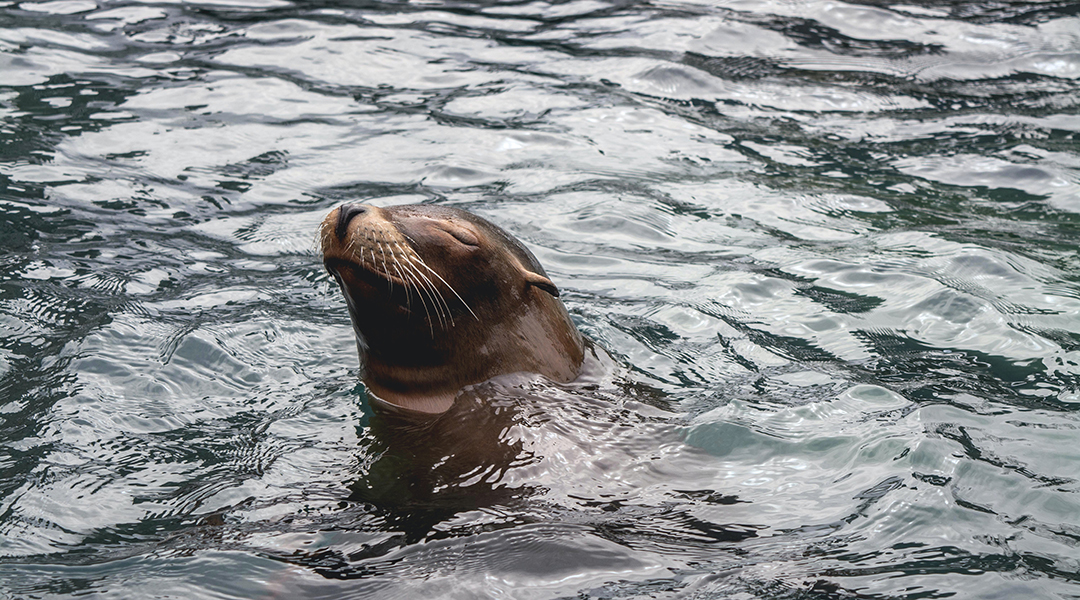
How seals’ whiskers help them hunt
Scientists reveal the highly sensitive nature of seal whiskers, which enable them to hunt effectively even in poor visual conditions.

Plant immunity to fungal pathogens developed millions of years ago
As plants evolved to live on land, so too did their immune systems, offering protection against dangerous fungi.
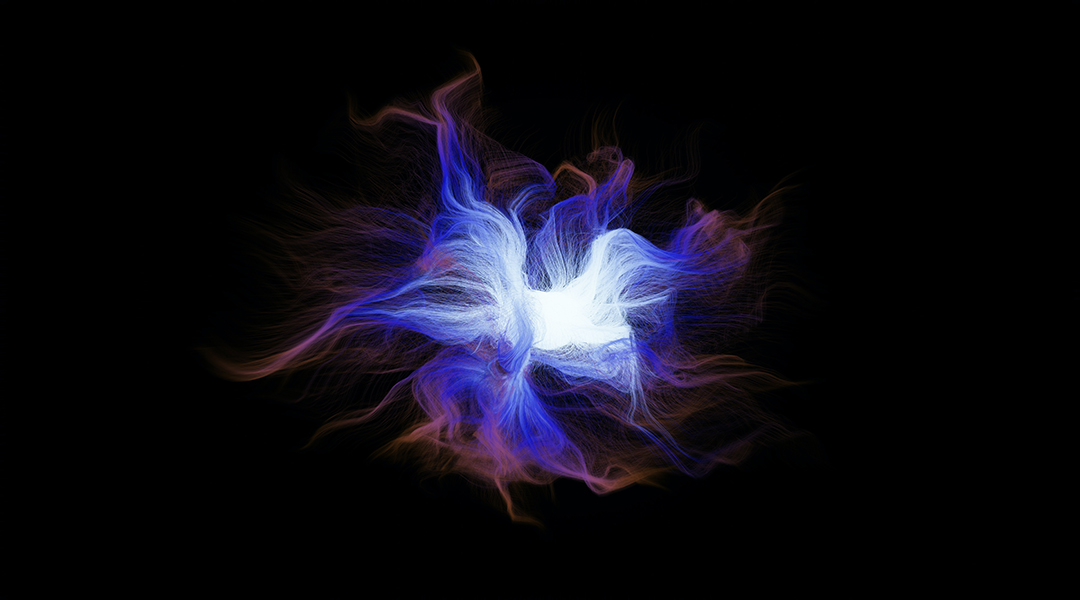
Putting chiral perturbation theory to the test
Scientists put chiral perturbation theory to the test with a set of new experiments that have helped define fundamental properties of protons.
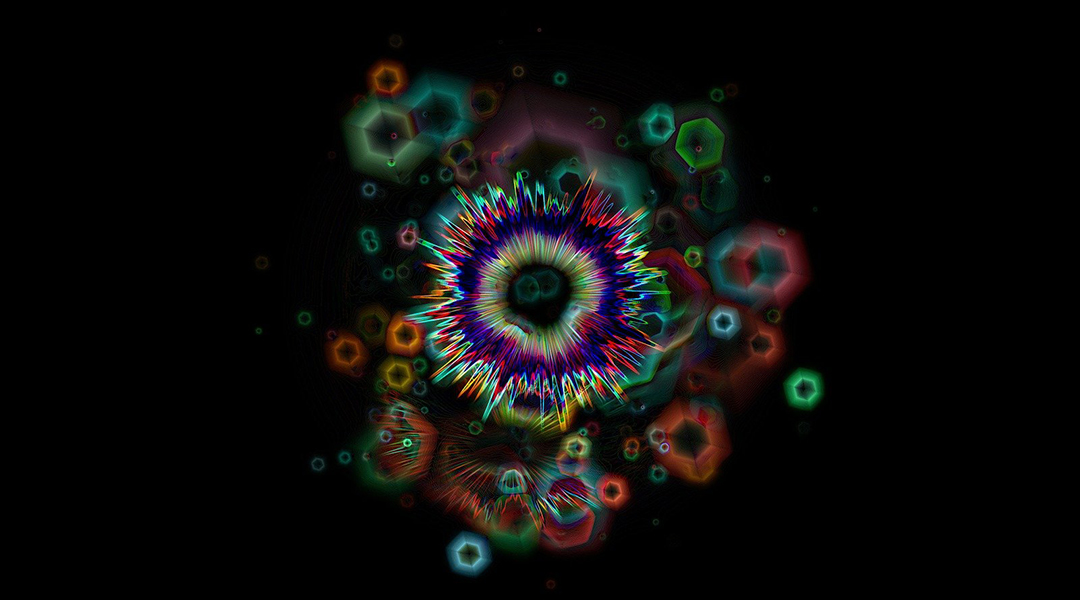
What is quantum gravity?
Quantum gravity seeks to describe gravity according to the principles of quantum mechanics, but can it be done?
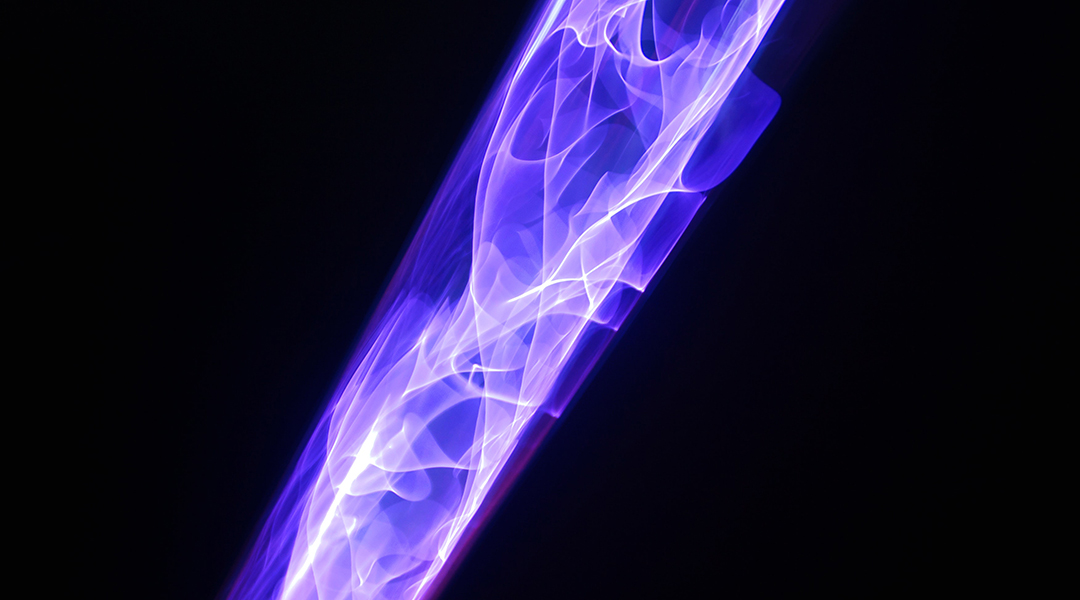
Taming plasma instabilities for future nuclear fusion reactors
Optimizing plasma instabilities within a nuclear fusion reactor will pave the way for its use as a clean source of perpetual energy.
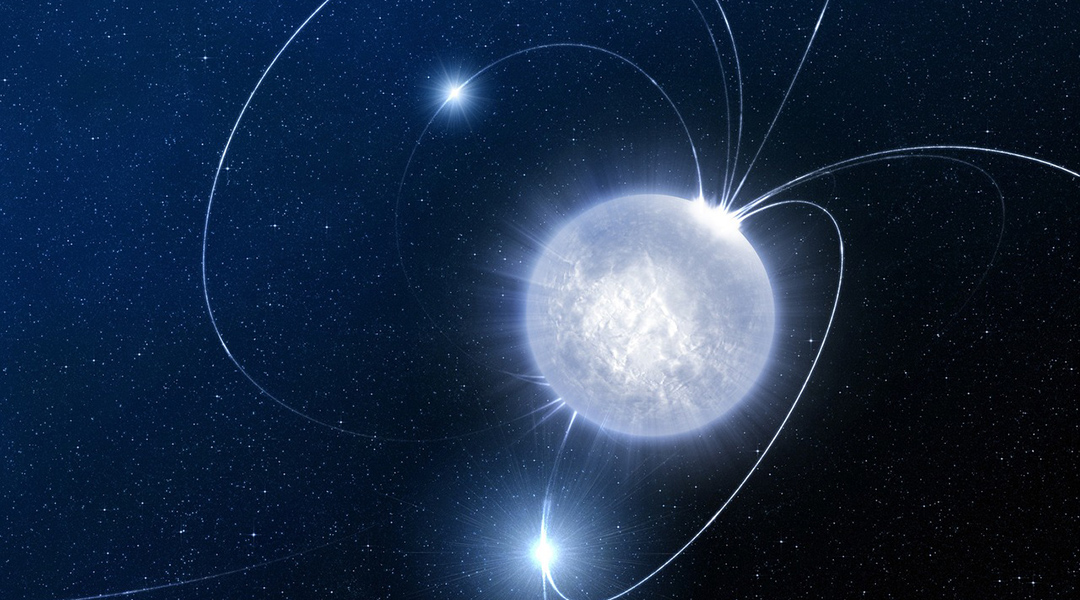
A quark star may have just been discovered
More confirmation needed to see if recently discovered object is a quark star.



